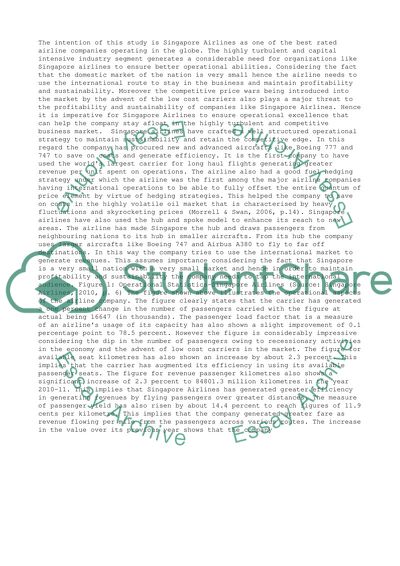Cite this document
(“Critically evaluate the operational activity of Singapore Airlines Essay”, n.d.)
Retrieved de https://studentshare.org/business/1391256-operation-management
Retrieved de https://studentshare.org/business/1391256-operation-management
(Critically Evaluate the Operational Activity of Singapore Airlines Essay)
https://studentshare.org/business/1391256-operation-management.
https://studentshare.org/business/1391256-operation-management.
“Critically Evaluate the Operational Activity of Singapore Airlines Essay”, n.d. https://studentshare.org/business/1391256-operation-management.


